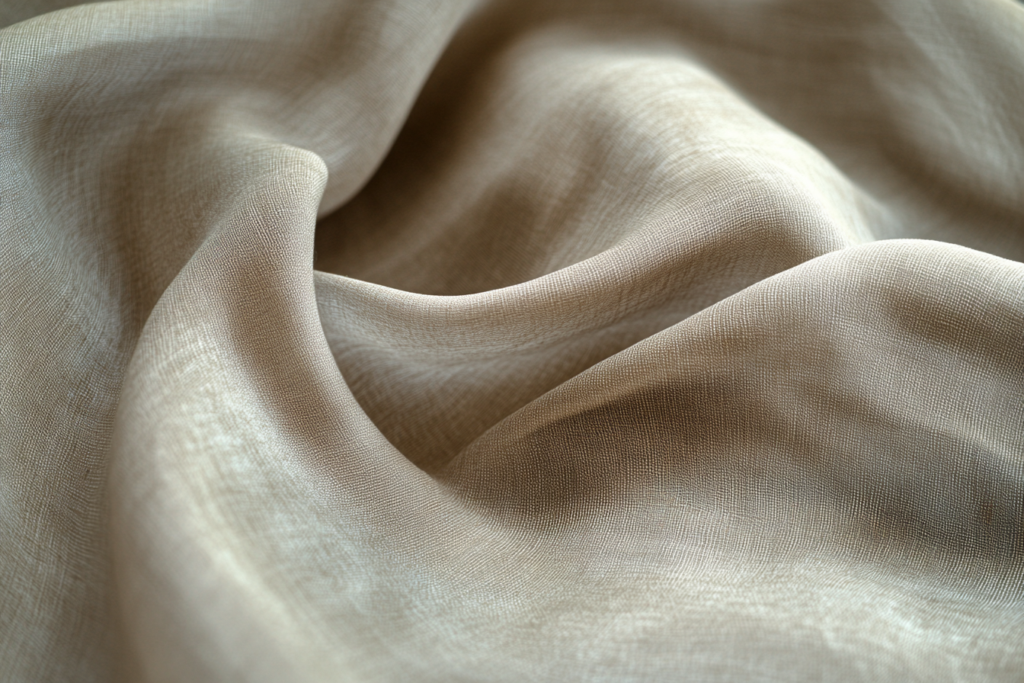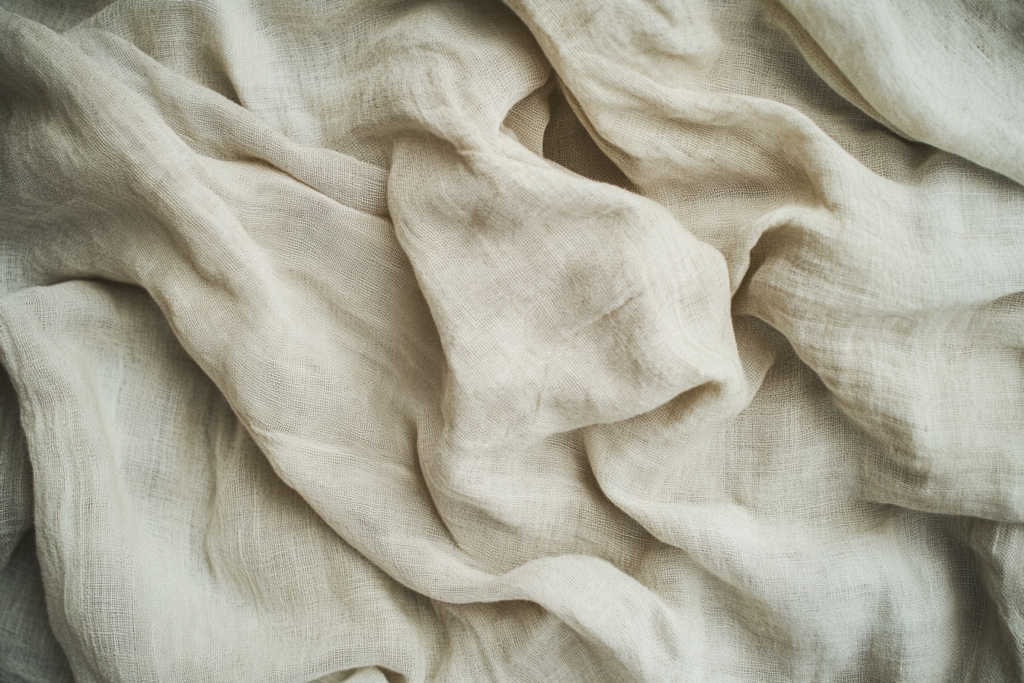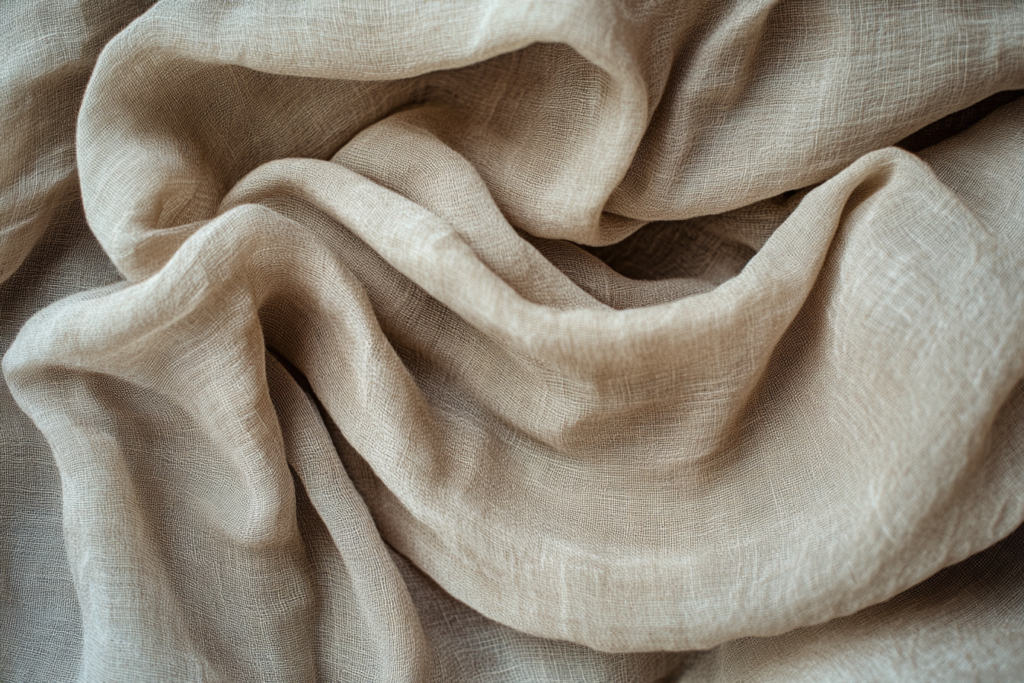Greige: The Raw State of Fabric Before Dyeing and Finishing
Meta Description: Greige fabric is an unfinished textile that has not been dyed or processed. Learn how it serves as the foundation for finished fabrics in the textile industry.
What is Greige Fabric?
Greige fabric (pronounced “gray”) refers to raw, unfinished fabric that has not yet been dyed, bleached, or chemically treated. It is woven or knitted directly from natural or synthetic fibers, retaining its original color and texture before undergoing further textile processing.
Greige fabric is commonly used as the base material for finished textiles, serving as the foundation for fashion, upholstery, and industrial fabrics.


Characteristics of Greige Fabric
- Unprocessed & Natural Appearance – Usually beige, off-white, or grayish in color.
- Unfinished Surface – May contain impurities, oils, and natural fiber coatings from the manufacturing process.
- Absorbs Dye & Finishes Well – Its untreated fibers make it ideal for dyeing, printing, and other textile treatments.
- Versatile – Used across fashion, home textiles, and industrial applications.
Uses of Greige Fabric in the Textile Industry
Greige fabric serves as the starting point for many textile products, including:
- Fashion & Apparel
- Used in clothing production before dyeing and finishing.
- Common in cotton, linen, and silk garments.
- Home Textiles
- Base material for curtains, bed linens, upholstery, and towels.
- Industrial & Technical Textiles
- Used in filters, medical textiles, and workwear before chemical finishing.
- Custom Textile Printing
- Ideal for custom-dyed fabrics used in boutique and high-fashion industries.
How Greige Fabric is Processed
- Scouring – Removes natural oils, waxes, and impurities from fibers.
- Bleaching – Lightens the fabric to prepare it for bright, even dyeing.
- Dyeing & Printing – Adds color, patterns, or textures to the fabric.
- Finishing – Includes treatments like softening, waterproofing, and anti-wrinkle processing.
Greige vs. Finished Fabric: What’s the Difference?
| Feature | Greige Fabric | Finished Fabric |
|---|---|---|
| Color | Undyed, raw state (beige, off-white, gray) | Dyed, printed, or chemically treated |
| Texture | Rough, untreated | Smooth, processed for softness or performance |
| Purpose | Base material for textile production | Ready for sale and use in garments or home textiles |
| Absorbency | High, due to untreated fibers | Varies based on fabric finish |
Greige fabric is not ready-to-wear but serves as the essential foundation for textiles before they are prepared for commercial use.
Benefits of Using Greige Fabric in Textile Manufacturing
- Cost-Effective – Bulk production of greige fabric lowers overall textile costs.
- Customizable – Allows manufacturers to dye, print, and finish fabrics to specific requirements.
- Eco-Friendly Options – Some brands use organic greige fabrics to reduce chemical processing.
- Versatile Applications – Suitable for a wide range of industries beyond fashion.
Conclusion: The Importance of Greige Fabric in Textiles
Greige fabric is the first stage of fabric production, providing a neutral, untreated base for dyeing, printing, and finishing. Whether used in fashion, home décor, or industrial applications, it remains an essential part of the textile supply chain.
Understanding greige fabric helps designers, manufacturers, and consumers appreciate how textiles transform from raw material to finished product.



